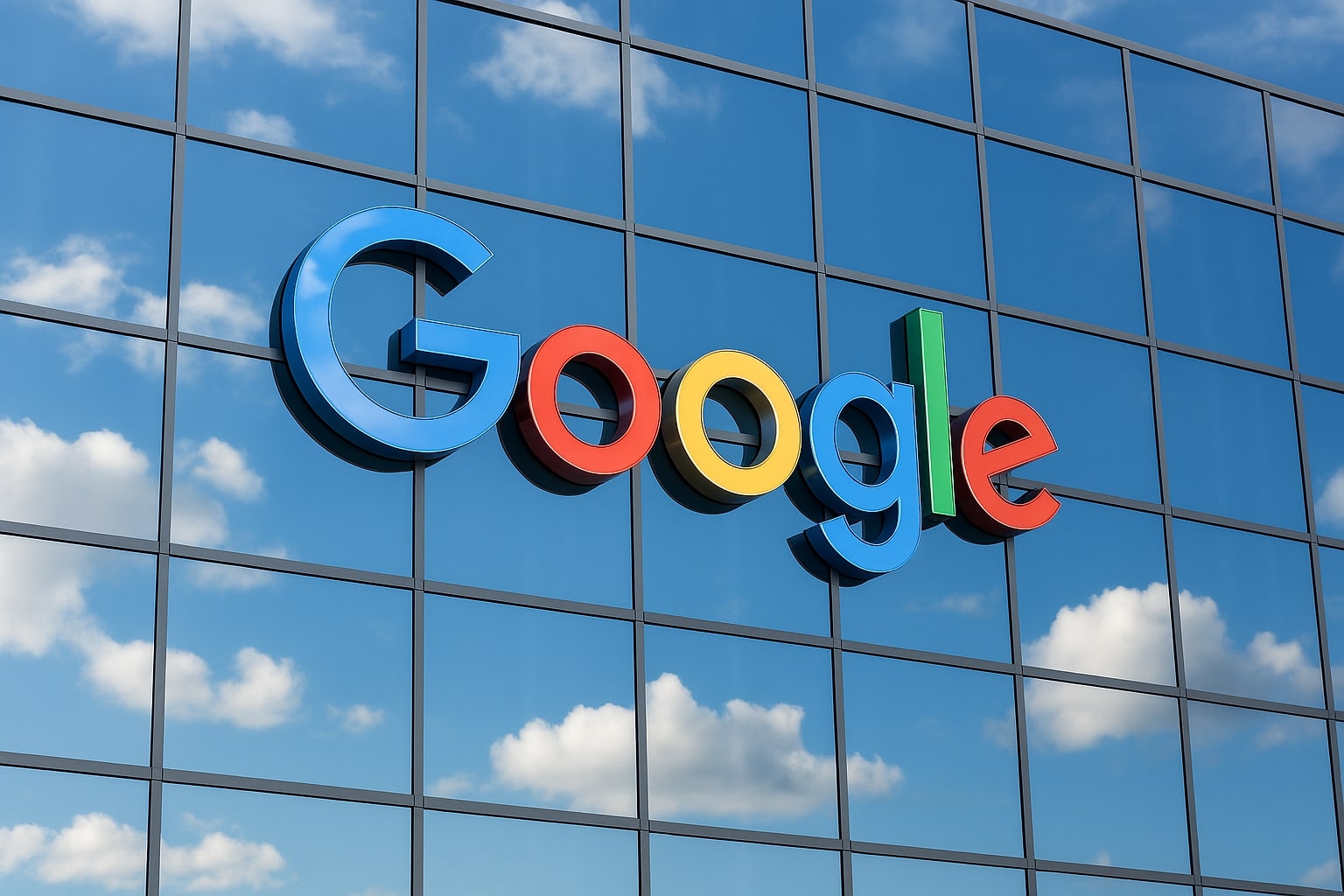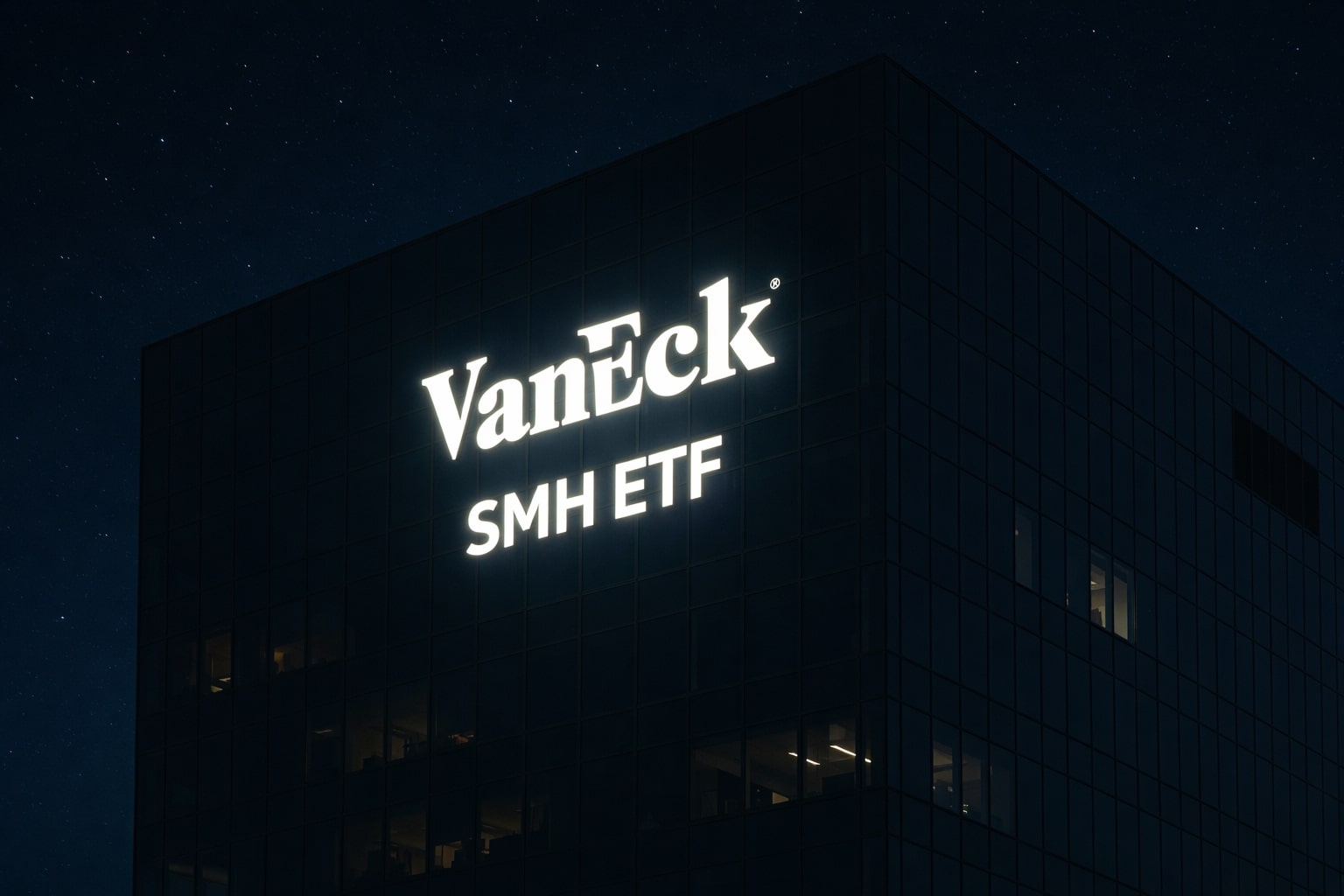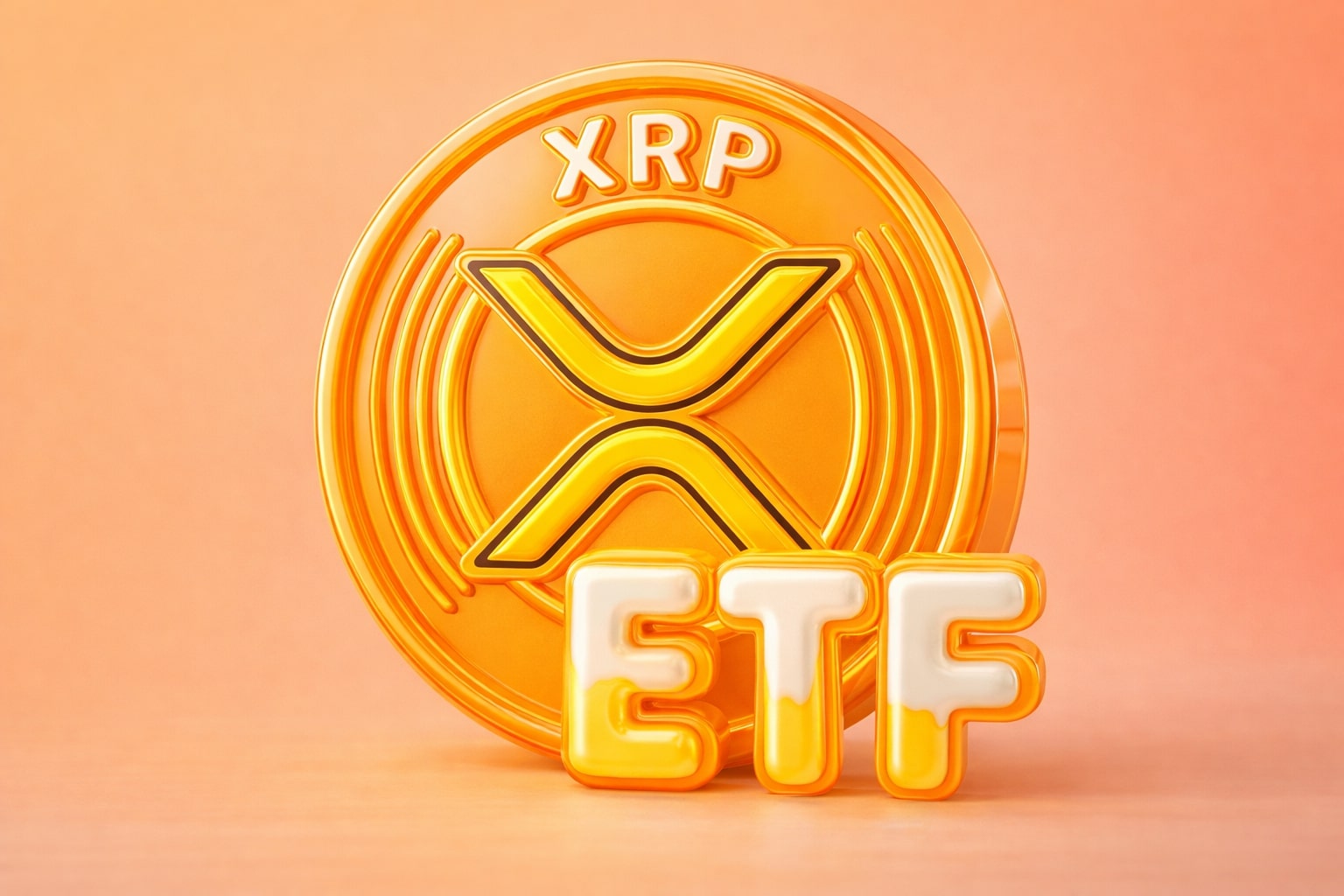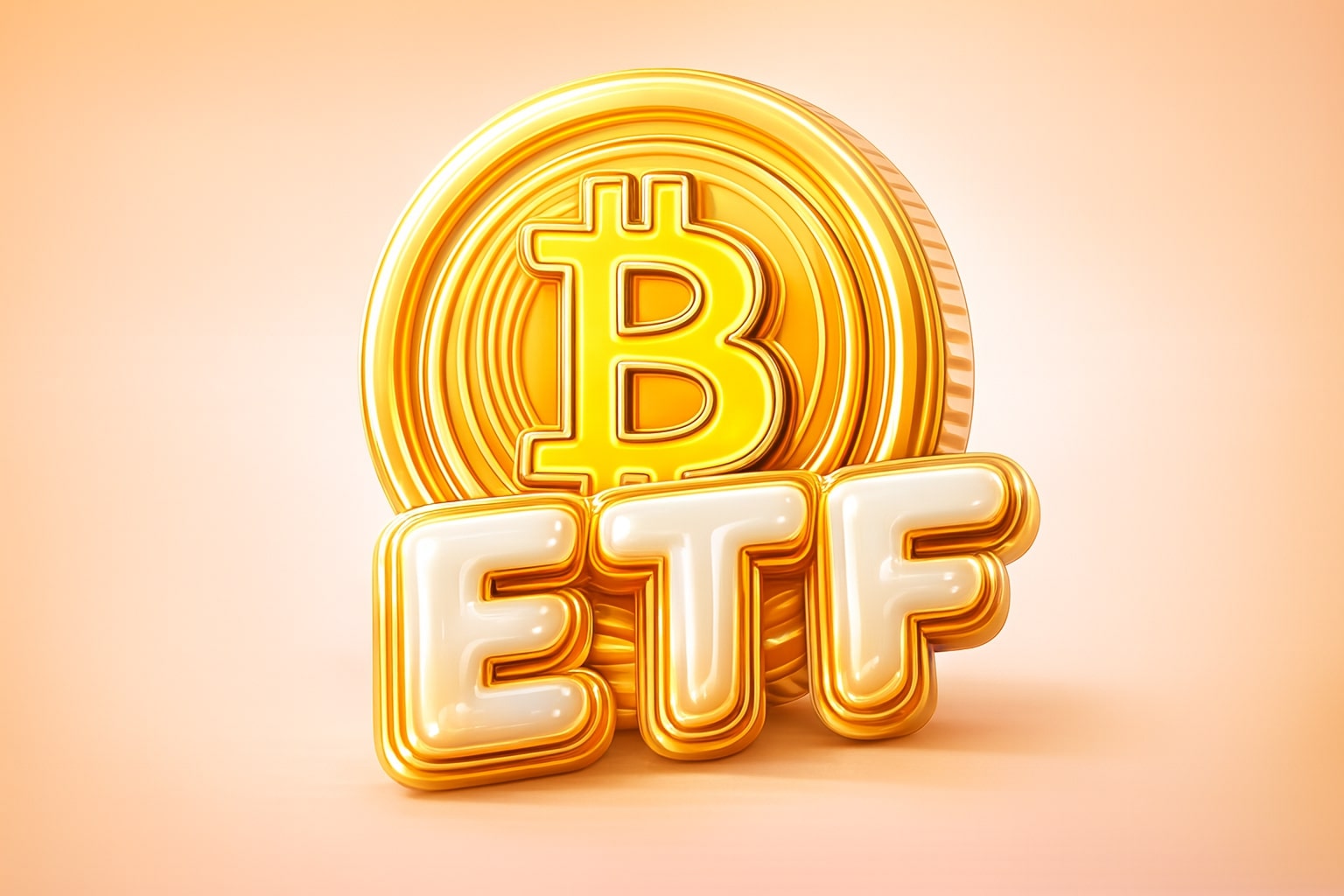
Alphabet Google stock Price Forecast - GOOGL Eyes $345–$400 by 2026 as Earnings Fuel Upside
With Q3 2025 revenue of $102.3B and EPS $2.87, Alphabet’s bullish forecast — analysts see 8–25% upside from current levels | That's TradingNEWS
Alphabet Inc. (NASDAQ:GOOGL) Redefines AI Leadership with TPU Dominance, Gemini Integration, and $3.9 Trillion Valuation Momentum
Alphabet Inc. (NASDAQ:GOOGL) is reshaping the core architecture of artificial intelligence. Trading at $319.08 per share, with a market capitalization of $3.79 trillion, Alphabet is closing the valuation gap with NVIDIA and redefining what vertical AI integration means. The company’s latest breakthrough in Tensor Processing Units (TPUs) and the success of its Gemini 3 model have created a structural advantage that extends across hardware, software, and distribution. With revenue hitting $102.35 billion in Q3 2025, up 15.95% year-over-year, and net income surging 32.99% to $34.98 billion, Alphabet is proving that end-to-end control of AI is both scalable and profitable.
Vertical Integration Creates Alphabet’s Structural Edge in AI
Unlike other tech giants that rely on third-party GPUs, Alphabet (NASDAQ:GOOGL) owns every critical layer of the AI stack: the model (Gemini 3), the proprietary hardware (TPUs), and the global ecosystem through Search, Android, YouTube, and Google Cloud. This combination eliminates dependency on Nvidia’s high-margin GPUs, known for their “GPU tax,” which has dominated AI training costs for years. Alphabet’s seventh-generation TPU—built in partnership with Broadcom (NASDAQ:AVGO)—has outperformed expectations in both speed and efficiency, achieving up to 4x higher performance per dollar than comparable inference chips.
This cost advantage extends beyond internal savings. Google’s infrastructure now trains and deploys Gemini entirely on TPUs, confirming that top-tier AI models no longer require Nvidia’s CUDA-based architecture. With more than 70% of Google Cloud clients already using AI-driven services, the TPU infrastructure strengthens Google Cloud’s profitability while reducing reliance on external suppliers.
TPU Adoption by Meta and Apple Confirms Market Validation
A pivotal shift occurred when Meta Platforms (NASDAQ:META) entered discussions to purchase billions of dollars’ worth of TPUs for integration across its global data centers starting in 2027. Meta, one of Nvidia’s largest customers with an estimated $72 billion AI infrastructure budget in 2025, is now exploring a long-term strategic partnership with Alphabet. If finalized, Google Cloud could capture up to 10% of Nvidia’s annual revenue, translating into multi-billion-dollar recurring revenue streams.
Meanwhile, Apple Inc. (NASDAQ:AAPL) confirmed the use of 2,048 TPUv5p for on-device AI training and 8,192 TPUv4 for server-side models. This move demonstrates a clear trend among hyperscalers: diversify compute resources, lower cost dependence on GPUs, and increase performance through domain-specific hardware. Alphabet stands at the center of this paradigm shift.
Google Cloud’s AI Expansion and Revenue Impact
Google Cloud continues to outperform peers. In Q3 2025, the division held a 13% market share, behind Amazon AWS (31%) and Microsoft Azure (24%), but with the fastest growth rate among the three. The TPU service—offered not as hardware but as AI infrastructure-as-a-service—positions Google to monetize both training and inference workloads through Gemini Cloud, enhancing scalability.
Revenue from AI-related workloads within Google Cloud is projected to grow from $900 billion valuation equivalent (AI infrastructure + DeepMind) to over $1 trillion by 2026, based on current demand trajectories. Analysts estimate the TPU licensing model and Meta deal could add $10 billion in incremental annual revenue by 2026.
Alphabet’s free cash flow of $14.02 billion, up 8.67% year-over-year, supports this expansion, while cash from operations surged 57.7% to $48.41 billion, reflecting strong efficiency gains from AI-driven cost optimization across its ecosystem.
Gemini 3: The AI Engine Driving Alphabet’s Ecosystem
Gemini 3, launched on November 18, 2025, integrates directly into Google Search, YouTube, and Workspace. The model outperforms its competitors across benchmarks, surpassing GPT-4 and Claude in multi-modal reasoning, coding, and mathematical comprehension. The Gemini Agent feature introduces multi-step reasoning tasks and contextual memory, directly competing with OpenAI’s GPT-4 Turbo architecture.
Gemini 3 now powers 75 million daily active AI users, doubling the figure from early 2025. Market share in the LLM segment has surged from 5.6% to 13.7%, overtaking Anthropic’s Claude. Salesforce CEO Marc Benioff publicly stated his company’s intent to transition to Gemini-powered systems, a move signaling enterprise confidence. OpenAI’s internal memo acknowledging “temporary headwinds” due to Gemini’s performance further validates Alphabet’s position as the AI leader.
Financial Momentum: Growth Across Segments and Margins
Alphabet’s operational strength extends beyond AI. The company’s operating margin of 33.9% and net profit margin of 34.1% remain among the highest in the sector, emphasizing cost discipline even amid aggressive AI CapEx. Operating expenses increased 27.83% year-over-year to $29.75 billion, driven by data center expansion and TPU manufacturing, yet the return on capital reached 18.62%, showing efficient reinvestment.
The PE ratio (FWD) of 30.76x reflects market confidence in sustained double-digit earnings growth. Revenue per share stands at $8.45, while the price-to-book ratio at 10.10 underscores the premium investors assign to Alphabet’s intangible AI assets.
Comparative Valuation and Market Dynamics vs. NVIDIA (NASDAQ:NVDA)
While NVIDIA (NASDAQ:NVDA) retains dominance in training large-scale models through its CUDA platform, Alphabet’s TPUs have disrupted the inference market—representing 70% of total AI compute demand. Nvidia’s 80% gross margins face pressure as hyperscalers like Meta and Anthropic transition to TPU-driven infrastructure. Alphabet’s TPUs provide the same functionality at 20% of Nvidia’s cost, enabling faster scalability without dependency on GPU pricing.
This bifurcation reshapes the economics of AI: Nvidia leads in ultra-high-performance training, while Alphabet captures the profitable, repeatable inference workloads. The result is a gradual erosion of Nvidia’s monopoly and margin compression across the GPU segment, even as total demand for compute continues to rise.
Read More
-
SMH ETF: NASDAQ:SMH Hovering at $350 With AI, NVDA and CHIPS Act Fueling the Next Move
16.12.2025 · TradingNEWS ArchiveStocks
-
XRP ETFs XRPI and XRPR: Can $1B Inflows Lift XRP-USD From $1.93 Back Toward $3.66?
16.12.2025 · TradingNEWS ArchiveCrypto
-
Natural Gas Price Forecast: NG=F Falls to $3.80–$3.94 as Warm Winter Kills $5.50 Spike
16.12.2025 · TradingNEWS ArchiveCommodities
-
USD/JPY Price Forecast - USDJPY=X Slides, BoJ 0.50% Hike, Fed Cut and NFP Set the Next Big Move
16.12.2025 · TradingNEWS ArchiveForex
AI CapEx and Efficiency Gains Reinforce Financial Durability
Alphabet’s total assets rose 24.68% year-over-year to $536.47 billion, while total liabilities increased 28.8% to $149.6 billion, reflecting accelerated AI investments. Yet, cash reserves of $98.5 billion ensure flexibility for continued expansion. The effective tax rate of 20.48% remains manageable amid global restructuring of operations in Ireland and Singapore.
The company’s reinvestment strategy centers on Gemini’s ecosystem and TPU commercialization, aimed at maintaining leadership while sustaining profitability. Analysts forecast 2026 revenue growth of 14–16%, driven by AI service monetization and cloud margin expansion.
Insider Transactions and Institutional Positioning
According to Alphabet’s Insider Transactions, recent activity shows increased executive confidence. CEO Sundar Pichai and CFO Ruth Porat both retained the majority of their vested shares post-earnings, with institutional ownership remaining above 83%, led by Vanguard (7.9%), BlackRock (6.3%), and State Street (4.5%). Institutional accumulation has accelerated in Q4 2025, reflecting market conviction in Alphabet’s sustainable AI moat.
Competitive Landscape: Ecosystem Power vs. Rivals
Alphabet’s advantage stems not only from technology but also from ecosystem leverage. The integration of Gemini into YouTube and Android enhances user engagement while increasing ad revenue efficiency through AI-personalized targeting. Meanwhile, Google Cloud’s TPU infrastructure provides multi-channel monetization. In contrast, Microsoft (NASDAQ:MSFT) and Amazon (NASDAQ:AMZN) remain dependent on Nvidia’s GPUs and face longer scaling cycles for custom chip deployment.
While OpenAI continues to lead the model hype narrative, it lacks the end-to-end infrastructure Alphabet commands. Anthropic’s recent $1 billion TPU deal reaffirms Alphabet’s role as the backbone of third-party AI platforms—a position that Microsoft and Amazon cannot easily replicate.
Valuation Outlook and Market Repricing
At $319.08, Alphabet (NASDAQ:GOOGL) trades slightly below its 52-week high of $328.83, suggesting temporary consolidation after a +81% six-month rally. The stock’s forward EV/Sales ratio of 9.47x remains justified by sustained revenue acceleration and superior operating leverage. Wall Street consensus assigns a Strong Buy rating (4.54/5) with an average price target of $345, implying 8% near-term upside and long-term expansion toward $400 as TPU commercialization scales through 2026–2027.
Strategic Risks: Regulation and CapEx Intensity
Alphabet faces headwinds in two main areas. First, regulatory scrutiny in the EU and U.S. regarding data usage and market dominance could lead to operational constraints or fines similar to the $3.5 billion antitrust charge in 2025. Second, CapEx intensity remains high—projected to exceed $40 billion in FY2026—as the company continues building AI infrastructure. However, these costs are offset by rising AI-driven productivity and recurring revenue from TPU licensing.
Technical Overview and Market Sentiment
Technically, GOOGL remains in a confirmed uptrend. The 50-day moving average at $307.50 acts as immediate support, while resistance forms near $328.80. RSI remains neutral at 58, indicating room for further momentum. Institutional buying pressure remains strong, and volume spikes align with every AI-related catalyst announcement.
Strategic Verdict: BUY – Sustained AI Leadership, Expanding Margins, and TPU Monetization
Alphabet’s transition from an ad-driven tech company to a vertically integrated AI powerhouse has redefined its valuation narrative. The company’s mastery over AI hardware, models, and data infrastructure—combined with strategic client adoption from Meta, Apple, and Anthropic—positions NASDAQ:GOOGL as the clearest winner in the post-GPU era.
With earnings per share at $2.87, net margins exceeding 34%, and revenue growth of nearly 16%, the financial foundation supports continued multiple expansion. Institutional accumulation, broad TPU adoption, and AI monetization through Gemini and Google Cloud all reinforce a strong bullish outlook.
Verdict: STRONG BUY – View Real-Time Chart
Alphabet (NASDAQ:GOOGL) stands as the most strategically positioned AI company in the market, combining efficiency, innovation, and scale in a single ecosystem that continues to expand its lead toward a potential $4 trillion valuation in 2026.


















